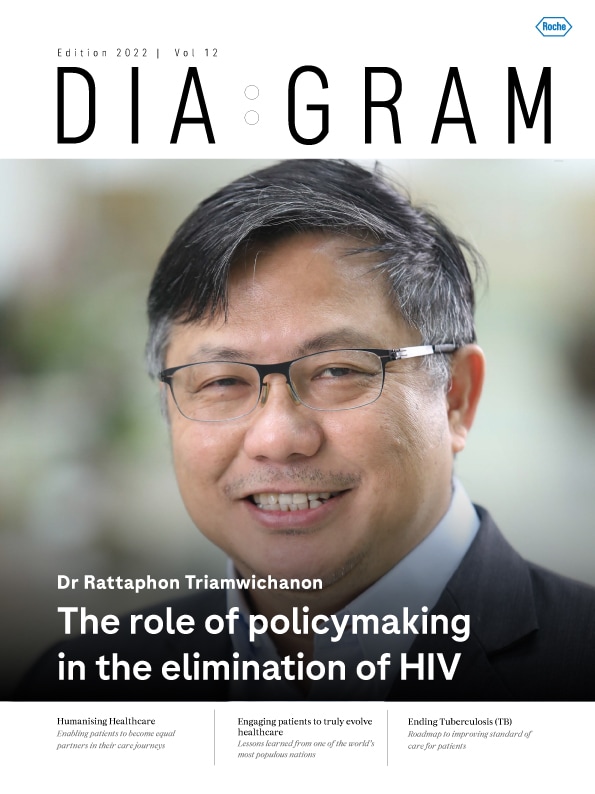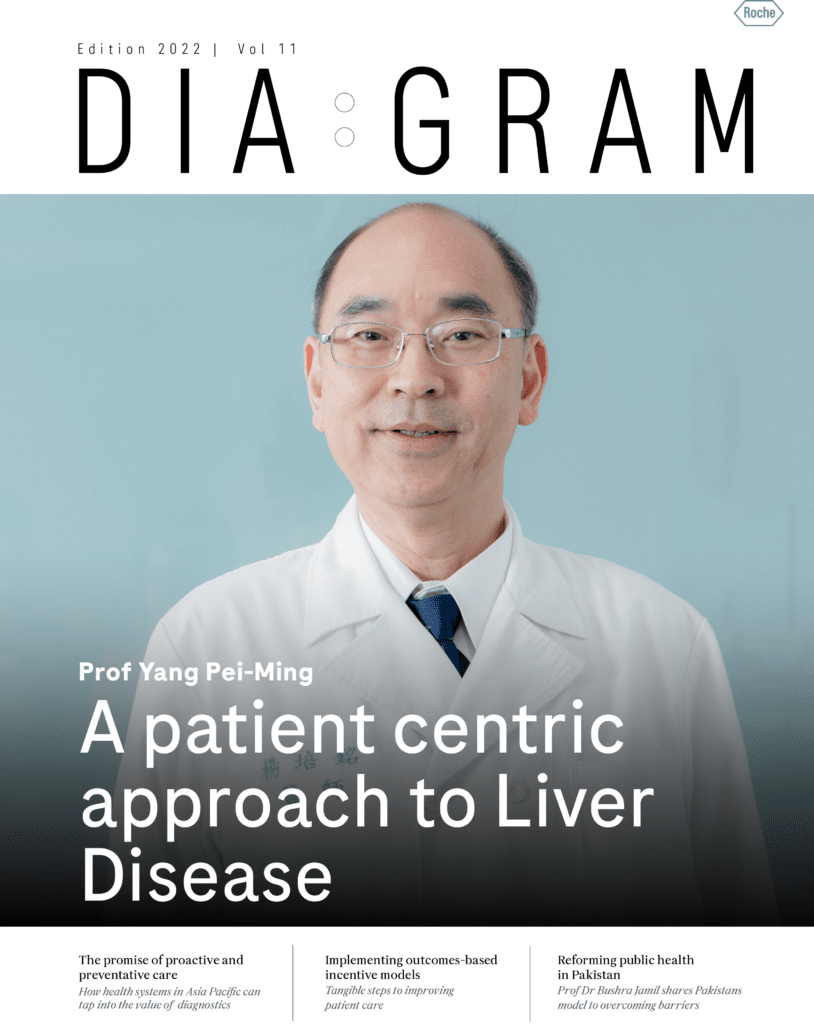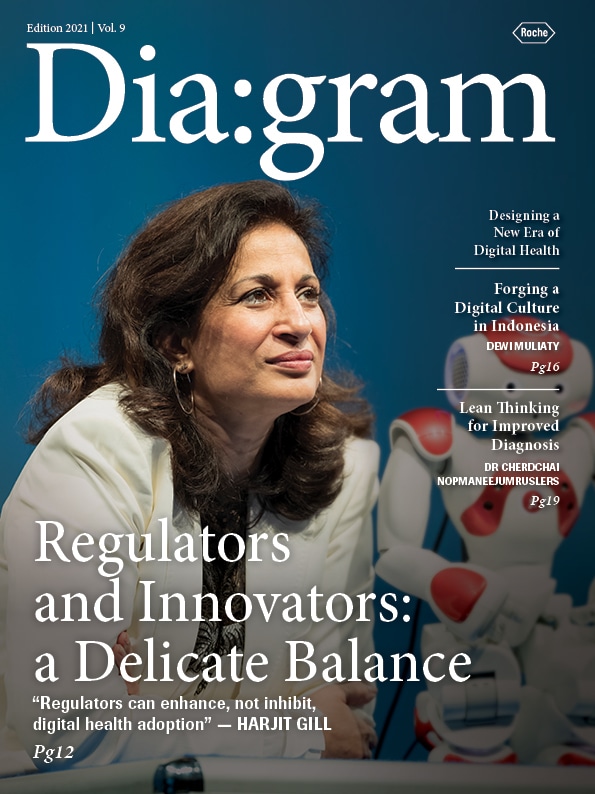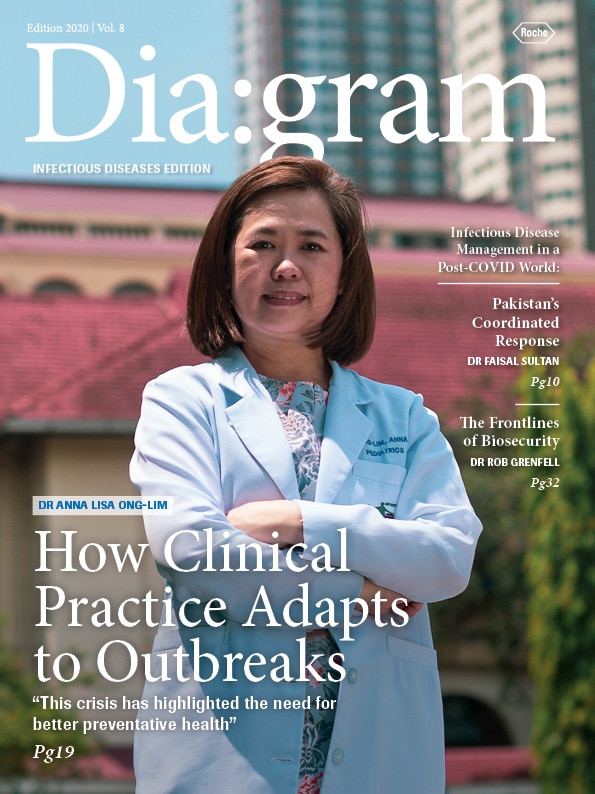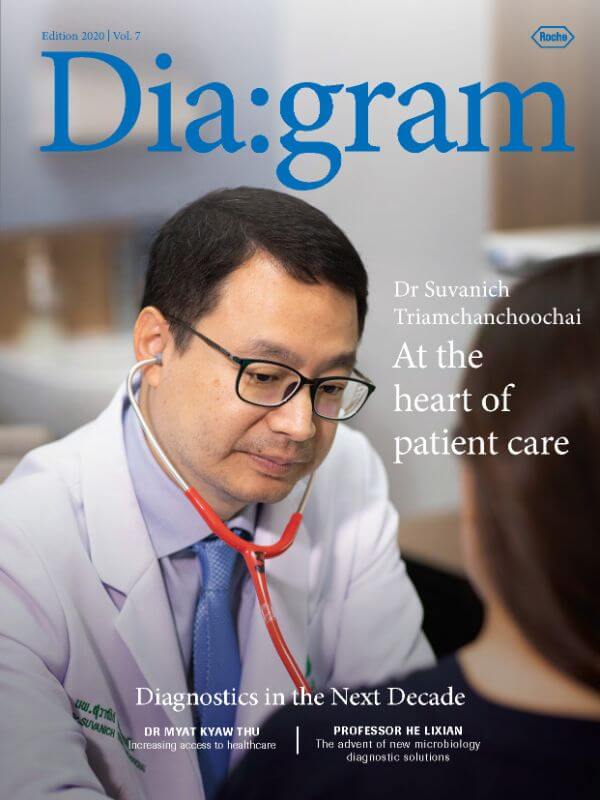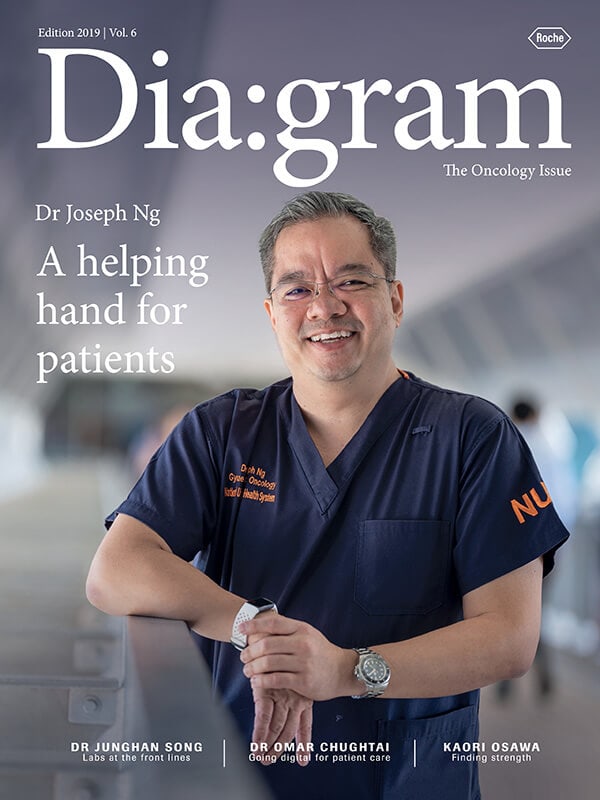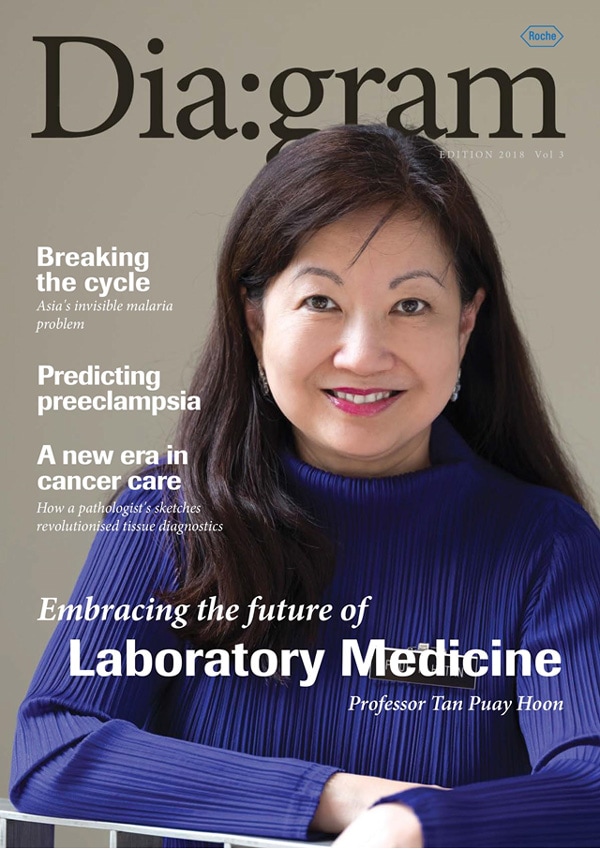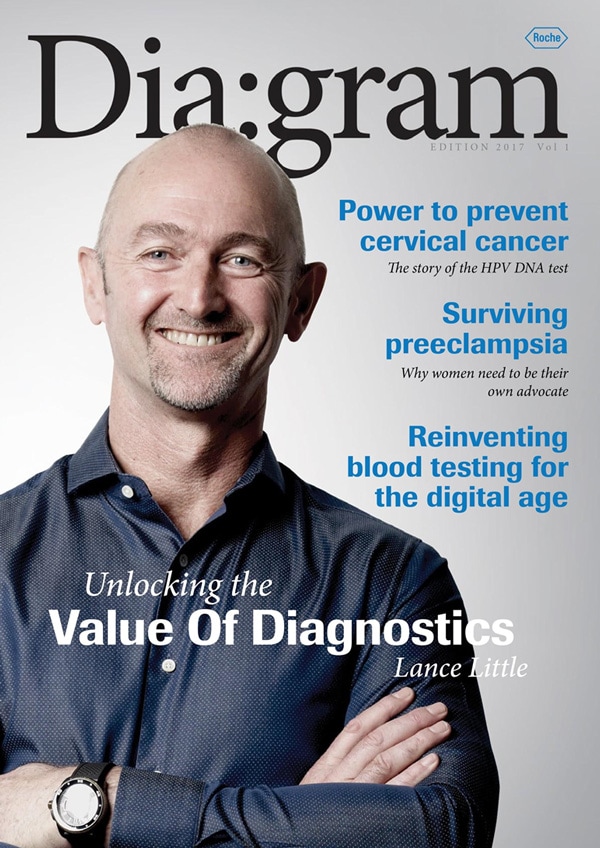For Dr Prabal Deb, a laboratory medicine professional who has been in the industry for over three decades, laboratory medicine and diagnostics have always been fascinating. “I realised that the central dogma and challenges of successful medical care lies in comprehending the disease process,” he says. “In order to have an accurate understanding of the disease and to unfurl the mysteries of any disease process, it is imperative to have a thorough understanding of diagnostic medicine.”
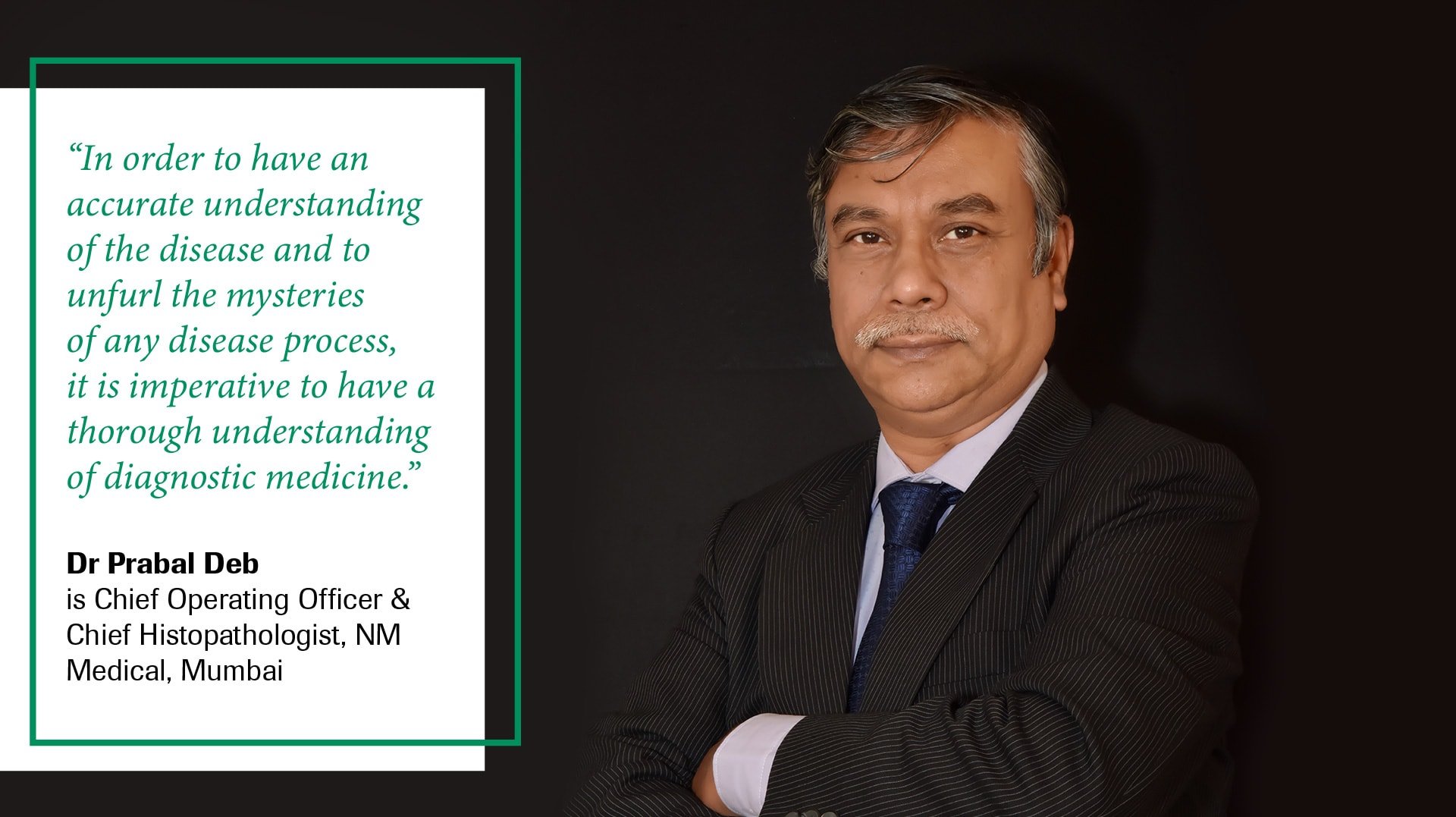
Dr Deb is today the Chief Operating Officer & Chief Histopathologist, NM Medical, Mumbai, and he has witnessed first-hand how labs have played a critical role in the current COVID-19 pandemic. “Apart from being the cornerstone for diagnosing the disease, laboratories paved the path for understanding the pathophysiology [how diseases impact the function of the human body],” he shares. As he explains, it’s thanks to labs that we know that “COVID-19 is more a haematological manifestation of the immune process going awry, rather than being merely a respiratory disease.”
Dr Hyukmin Lee is a clinical microbiologist who heads the Infection Management team at the Severance Hospital and leads the coronavirus task force team at the Korean Society for Laboratory Medicine. He credits labs for the early detection of the disease, contributing to the safety of the community.
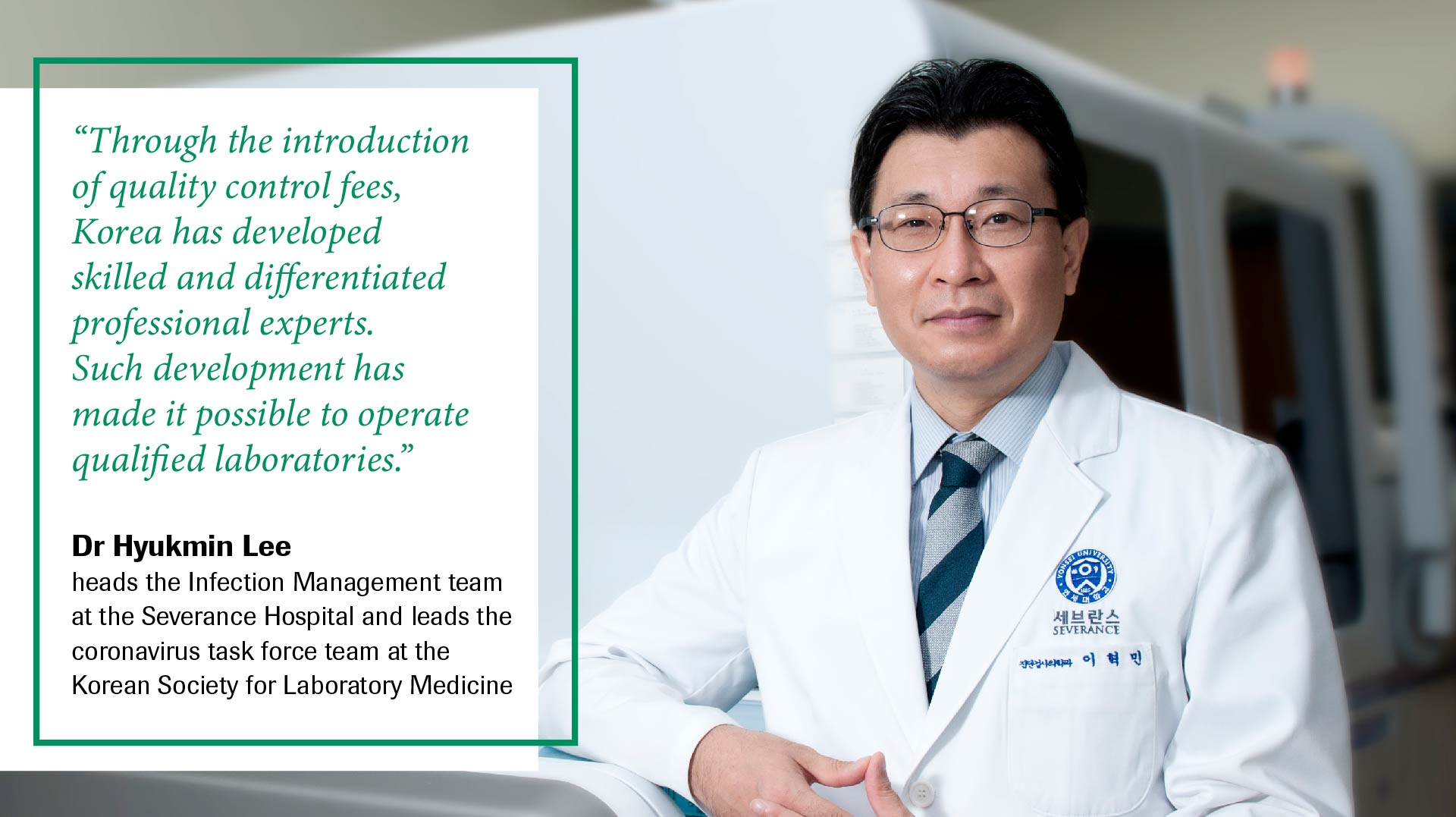
He adds, “To respond to a novel infectious disease, it is most important to be equipped with a diagnostic system as early as possible. If we can grasp the genome sequence of the pathogen quickly, it is possible to rapidly set a real-time polymerase chain reaction (PCR) to be used in hospitals for testing.”
South Korea was able to do that because it already had the capabilities and infrastructure in place. The country was hit badly by the MERS outbreak in 2015.
Following that, South Korea made many changes to its healthcare system, such as establishing an emergency use authorisation policy and promoting public-private partnerships. The emergency use authorisation policy also allows qualified private medical providers to assist with diagnostic testing.
This stability — and agility — is what will allow labs to rise up to the challenges they face today.
Read more stories about the world of innovative diagnostics laboratories
Labs as Data Aggregators
Such reforms will be critical, especially as clinical lab test results have proven to do more than just confirm diagnoses. Labs produce more data than any other healthcare facility, Dr Lee explains, which is why building surveillance and management systems centred on laboratories is key. Through information system dashboards such as those presented by WHO, medical professionals and government healthcare leaders are using such valuable data to effectively track and trace the spread of the coronavirus.
“The tests available today help the medical teams to achieve a synergy between comprehending the effect of the virus in various phases of the pathophysiology of the disease process and also to track its spread into the community. This has transformed the scope of current diagnostic labs from that of ‘result generators’ to ‘data aggregators’,” observes Dr Deb.
Dr Deb sees labs transforming into more compact, high-throughput platforms with high-level automation in the future. This way, data generated from tests can be automatically integrated with patient data through the use of technologies such as artificial intelligence, he says.
Labs will then be able to generate customised reports “that enable the treating clinician to have a clear understanding of the causative factors and nuances of the disease, in terms of its outcome and deciding on the optimal therapeutic modality”, Dr Deb explains.
By becoming data aggregators, labs will also enable better public health, experts discussed in the European Journal of Public Health. Medical professionals will be able to view and evaluate the clinical histories of large pools of patient data at once. This enables them to better understand the needs of the population and make informed decisions for public health interventions. Healthcare professionals can also evaluate disease trends easily and identify more potential biomarkers that could signal the development of a specific health condition, leading to early intervention.

Overcoming a Lack of Lab Technicians
One key challenge that labs will have to overcome, however, is one that is not new to the sector: the lack of skilled professionals. Many countries around the world have been struggling with a significant decline in laboratory professionals.
Although Taiwan has been lauded for its effective control and management of COVID-19, it faced labour challenges in the early days of the pandemic that threatened to slow progress. Professor Chou Teh-Ying, the Department Chair of Pathology and Laboratory Medicine at Taipei Veterans General Hospital, shared that the early diagnostic testing process was very labour-intensive. He shares, “It was very difficult to increase the amount of testing that could be provided in any medical facility initially, including my hospital, because we didn’t have enough trained personnel.”
Professor Chou stresses that manpower shortage is a problem which needs to be addressed urgently. Thankfully, his lab had automated testing platforms in place, making it easier for the team to scale up testing and service the lab could offer. “We were so lucky to already have automated testing platforms installed a few years ago in our department. The machine was initially for testing viral infections like hepatitis B. Since we already have the machine installed and set up, we were the first in Taiwan to be able to complete validation [of COVID-19 tests] and offer the service.”
That’s why Professor Chou believes that automated lab systems will be increasingly important in the future, especially in the fight against emerging infectious diseases.
Outside of pandemic upheavals, this lack of trained lab expertise threatens to place additional strain on Asia Pacific’s healthcare systems — a region that is ageing more rapidly than anywhere else in the world, according to Grant Thornton3.
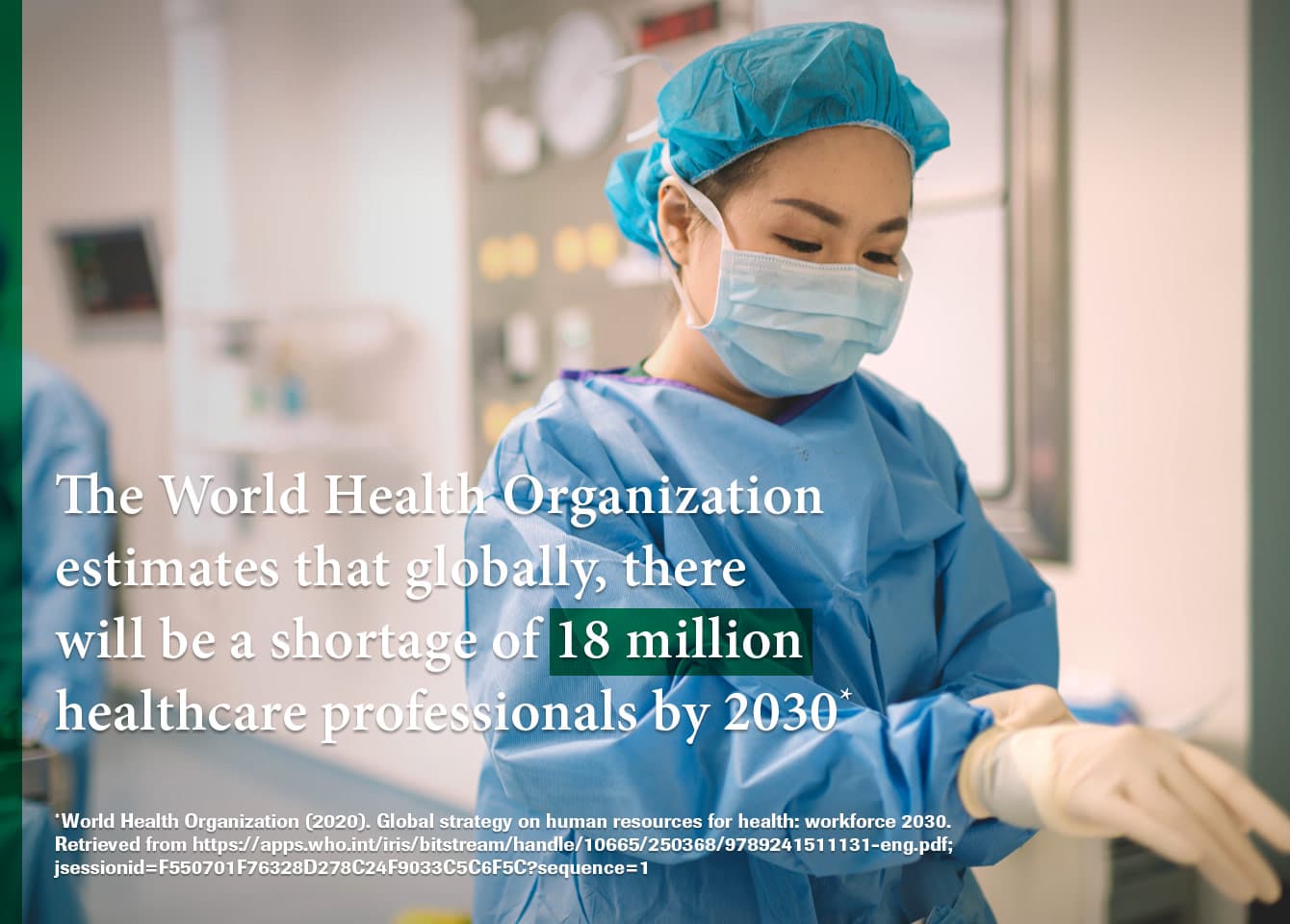
Dr Lee believes that overcoming this manpower shortage will take time and require long-term investment.
Citing Korea as an example, he shares that, “A stable employment structure and system should be established in order to improve available manpower. Through the introduction of quality control fees, Korea has developed skilled and differentiated professional experts. Such development has made it possible to operate qualified laboratories.”
Meanwhile, Professor Chou believes that COVID-19 has showcased the importance of lab professionals and technicians. Going forward, this is what will make the industry more attractive to talent, he says. Professor Chou notes that automation will play a big role in labs in the next decade, and he hopes that lab professionals will actively explore new technologies and fresh ideas in the diagnostics space.
Dr Deb also believes that technology will be critical. To make the industry more appealing to talent, Dr Deb feels that lab diagnostics needs a “major facelift”. He says, “High-end labs and device manufacturing firms should jointly showcase the immense potential to the next generation.”
He adds, “The enigma of newer technologies that delve into the depths of disease processes would help to ignite the minds of a talented workforce and create a newly founded aura to usher in a new thought process.” This, Dr Deb predicts, will change how the world sees lab diagnostics — which he believes is the future of medical sciences.
Explore more healthcare and diagnostics news
References:
1Pastorino, R., De Vito, C., Migliara, G., et al (2019). Benefits and challenges of Big Data in healthcare: an overview of the European initiatives, European Journal of Public Health, Volume 29, Issue Supplement_3, Pages 23–27. Retrieved from https://doi.org/10.1093/eurpub/ckz168
2Moscatelli, M., Manconi, A., Pessina, M., Fellegara, G., Rampoldi, S., Milanesi, L., Casasco, A., & Gnocchi, M. (2018). An Infrastructure for Precision Medicine Through Analysis of Big Data. BMC bioinformatics, 19(Suppl 10), 351. Retrieved from https://doi.org/10.1186/s12859-018-2300-5
3Grant Thornton (2019). Asia’s Ageing Population: How Businesses can Drive Growth in Health and Medtech Retrieved from https://www.grantthornton.global/en/insights/articles/future-of-apac-2018/ageing-populations/



